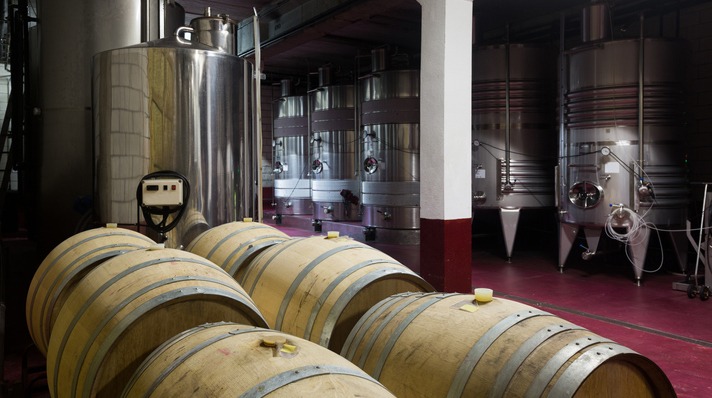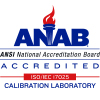
Enjoy drinking wine? If so, chances are at some point you’ll attend a wine tasting or tour at a vineyard or winery. While most wineries welcome the idea of providing tours of their facility and usually include a tasting of their wine selections, there’s a vast amount of production taking place that most are unaware of.
From the beginning harvest stages to the end stages of bottling and shipping, wine making is a lengthy process that requires close attention to detail. The following steps portray the fundamentals of wine making, and how data loggers can be of great assistance throughout each step:
Harvesting & Wind Effects
Did you know that wind is one of the most important yet least-discussed aspect of the harvesting and wine making process? Wind can play a crucial part in the success of the growth of grape vines, and depending on an area’s climate, can help produce the aromatic flavors of some of the most famous Chardonnays and Cabernets.
While winds can be detrimental to areas where average temperatures are cooler, it can also be the perfect solution to warmer climates, regulating hot temperatures and easing the ripening process. Wineries in cooler temperatures such as Canada or Norway should be vigilant of frost and high winds. Yet, with over 100-degree dry summers in the coastal regions of California, home to Napa and Sonoma Valley, wind is a crucial part of successful grape size, growth, and quality.
With MadgeTech’s Wind101A data logger, accurate measuring and recording of wind speed is a breeze. The complete system can record up to 500,000 readings and can be started or stopped directly from a computer using the MadgeTech software.
Fermentation & Temperatures
Fermentation is considered to be one of the most vital steps of wine making. Fermentation is the process of turning the actual grapes into wine. This is achieved by using the natural sugars and yast of the grapes by crushing them. Depending on the territory and area of where the grapes are grown, the yeast strains will vary which affects the overall taste of the wine. When crushing the grapes, the natural sugars are exposed to the natural yeast produced. Within the process, the sugar will convert into alcohol, and yeast will naturally disappear.
In terms of fermentation temperatures, red wines should be fermented between 70-85 degrees Fahrenheit and white wine should be fermented between 45-60 degrees Fahrenheit. If the temperature isn’t closely monitored, exceeding temperatures can result in the wine tasting boiled and expose the wine to further fermentation problems with yeast amounts.
To monitor temperatures during the fermentation process, the MicroTemp miniature submersible temperature data logger can be placed directly within fermentation tanks to record and monitor temperatures. Data from the device can be quickly transferred to a computer for further analysis.
Shipping & Temperatures
When it comes to shipping, a bottle of wine can be more sensitive than one may think. Wine spoilage may be unavoidable during transportation and shipping if not properly monitored. It will lose its original freshness and taste when exposed to temperature fluctuation. Improper temperature storage during shipping may lead to a wine tasting acidic.
The TransiTempll Temperature Data Logger is an ideal solution for close monitoring during transportation. Reading rates for the TransiTempll can be set anywhere from once every five seconds to once every thirty minutes, ensuring reliable monitoring throughout the entire transportation process.
Storage & Monitoring
When high production rates yield high volumes of product, it is vital that there is adequate storage. Wine cellars, coolers and warehouses are common methods of wine storage that should ideally be monitored at all times. Did you know that wine can age four times faster when stored at room temperatures? For proper aging of wine and to avoid spoilage, the ideal temperature range should be left between 52-57 degrees Fahrenheit, with a temperature fluctuation of 5 degrees Fahrenheit.
Humidity can also affect the storage of wine. With too high of a humidity level, wine is in danger of growing mold, yet, with low humidity levels, corks can dry up, causing them to crumble. An ideal humidity range should lie between 50% and 70%.
In order to closely monitor both temperature and humidity levels in wine coolers and cellars, MadgeTech’s RFRHTemp2000A Wireless temperature and Humidity logger can take the stress out of storing wine. Place the logger inside of a cooler and the RFRHTemp2000A will record both temperature and humidity levels simultaneously. Don’t want your wine to spoil? Just set temperature and humidity parameters within the logger, and if temperature or humidity levels go above or below desired thresholds, the user will be notified immediately of a slight change in deviation.
If you have any questions or would like to learn more about data loggers within the wine making process, please contact us at [email protected]. Cheers!






